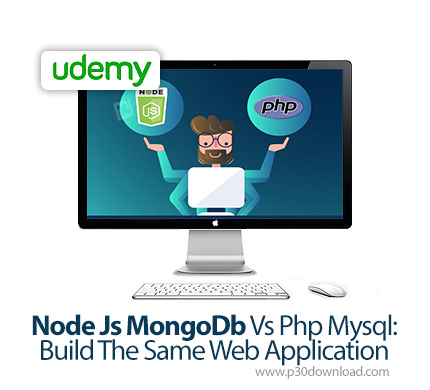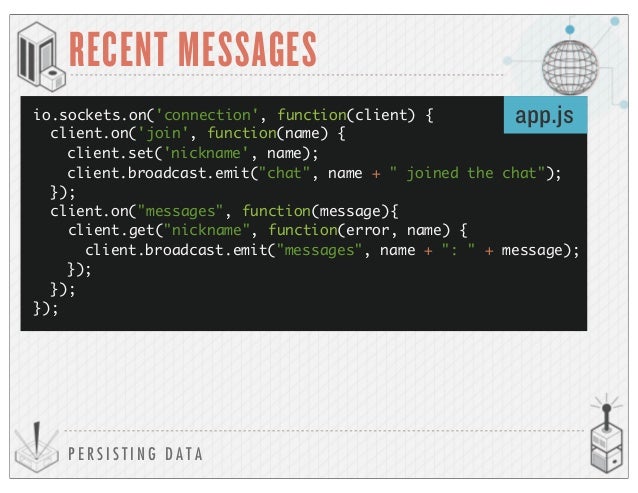

Using an image ensures that the environment in your container is standardized and contains only what is necessary to build and run your application. The image includes your application code, libraries, configuration files, environment variables, and runtime. When building and scaling an application with Docker, the starting point is typically creating an image for your application, which you can then run in a container. Though containers are not new, they offer a number of benefits - including process isolation and environment standardization - that are growing in importance as more developers use distributed application architectures. A container is an isolated process that runs on a shared operating system, offering a lighter weight alternative to virtual machines. Create an index.js file and add this starter code.The Docker platform allows developers to package and run applications as containers. We won’t go through the process of creating an app for our plugins system. I’ll be using NPM in this tutorial, but I’ll add the Yarn commands too. Let’s start by creating a fresh Node.js project. In this tutorial, we’ll be building a request counting plugin, and the system to load and unload that plugin. In certain circumstances, they can also be used to patch bugs and flaws that the main software provider has not yet addressed. They leverage existing APIs, and build new functionality upon them. Web extensions are a good example of this. What Is A Pluginīut before we start, what is a plugin? A plugin is an extra piece of code that expands what a program can normally do. I’ve already created a very basic web server.

In this tutorial, we will extend a minimal web server with a plugin system, create a plugin, and use that plugin with the server. They allow each instance to be customised with additional code that anyone can create. If you’re building a minimalist product, but want to add an extra level of customisation or expansion, then plugins are a great way to enable that.


 0 kommentar(er)
0 kommentar(er)
